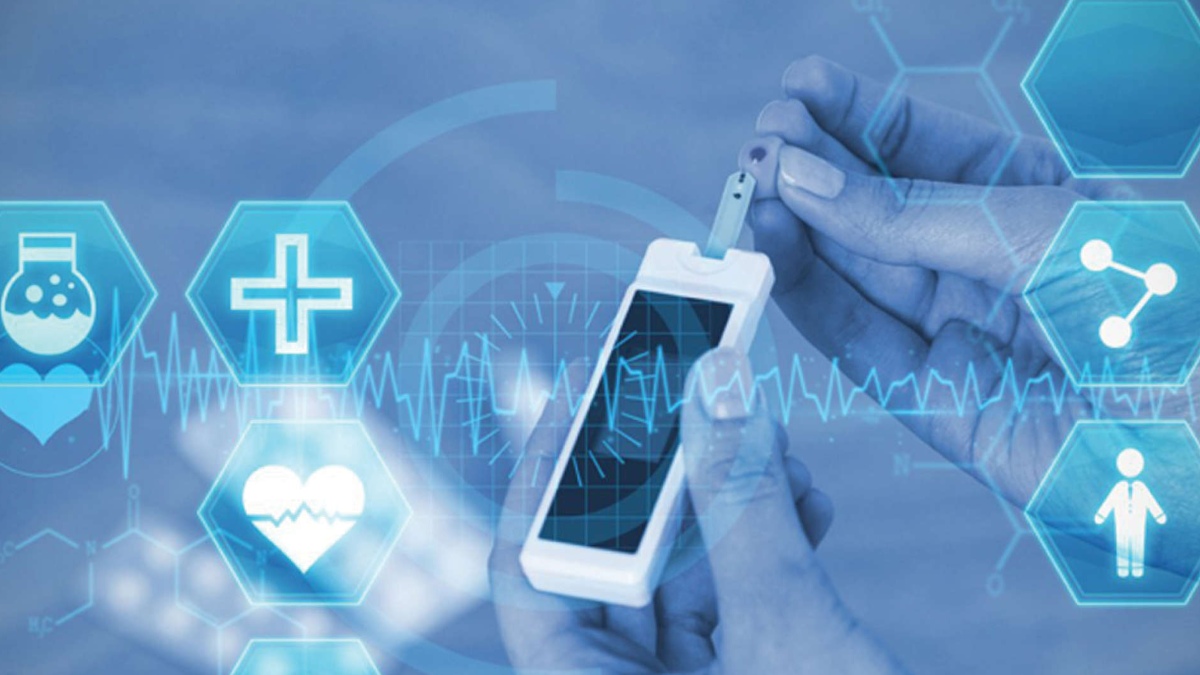
The incidence of diabetes has increased manifold in India and it is one of the most widespread lifestyle diseases even on a global level. Estimates suggest that at least 10% of India’s population will be affected by the condition by 2025. Diabetes requires continuous monitoring and management, the lack of which can cause complications including amputations, blindness, neuropathy, etc. This makes ongoing management, as well as patient education and supports extremely critical, more so during a time when Covid-19 has made things more difficult. However, it is also during these times that technology has emerged as an enabler in managing diabetes. The development of advanced technologies, including apps, glucometers, etc., is enabling people living with diabetes and specialists to manage the condition in a better manner. Technology has also come to the fore in helping with remote patient monitoring (RPM) especially with regard to home healthcare companies. Telemedicine and its benefits in managing diabetes have reached a stage of adoption that would have been unimaginable in an earlier scenario. In fact, a report by IQVIA highlights how the pandemic is an opportunity to transform diabetes care through digital innovation.


There are several ways in which technology is enabling diabetes management. For instance, compact medical equipment that helps in continuous glucose management has a small sensor that is changed in 10 to 14 days. This is inserted on the abdomen or upper arm and helps take readings in real-time. People with diabetes can thus avoid finger pricking and simply scan the sensor for results. Other advantages of CGM include identification of nightly fluctuations, data storage, reduction of HbA1C levels, and help keep blood glucose levels in a healthy range. Apart from these, there are apps that have simplified diabetes management and control. According to statistics, the usage of such apps is expected to increase at a CAGR of 21% by 2027.
Going forward, technology is set to play a larger role in the treatment and management of diabetes to keep track of vital parameters while limiting face-to-face contact. According to a report, the market for AI in diabetes management will reach $1264.7 million by 2024. It will be possible to enhance the lives of people living with diabetes through algorithms connecting glucose monitors and insulin pumps. This will help in automatically regulating blood glucose to healthy levels.
Digital and data-driven solutions are the future and have the potential to reduce mortality, morbidity, and complications; provide a better quality of life and safety to patients; as well as enable effective diagnosis and management of diabetes in people with the condition. For a better and far-reaching impact, investment in improving existing infrastructure and policies, interoperability, among other things are the need of the hour. The future will be all about innovations in digital health, smart data, telemedicine, and home care models. These will transform and facilitate triaging of those who visit hospitals, need supportive care at home, and even in the realm of mobile clinics for support care.
Last but not the least, regular checkups and monitoring and a healthy lifestyle are the cornerstones of diabetes management. As with anything else, knowledge is power in managing diabetes and increasing your lifespan. Arming yourself with the basics can help you live happily and in better health without letting diabetes affect you adversely.
The writer is President, Medical Services, Portea Medical.